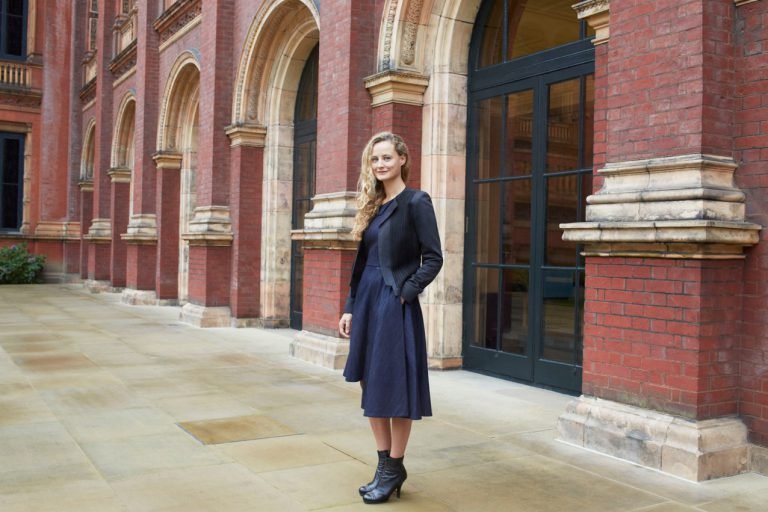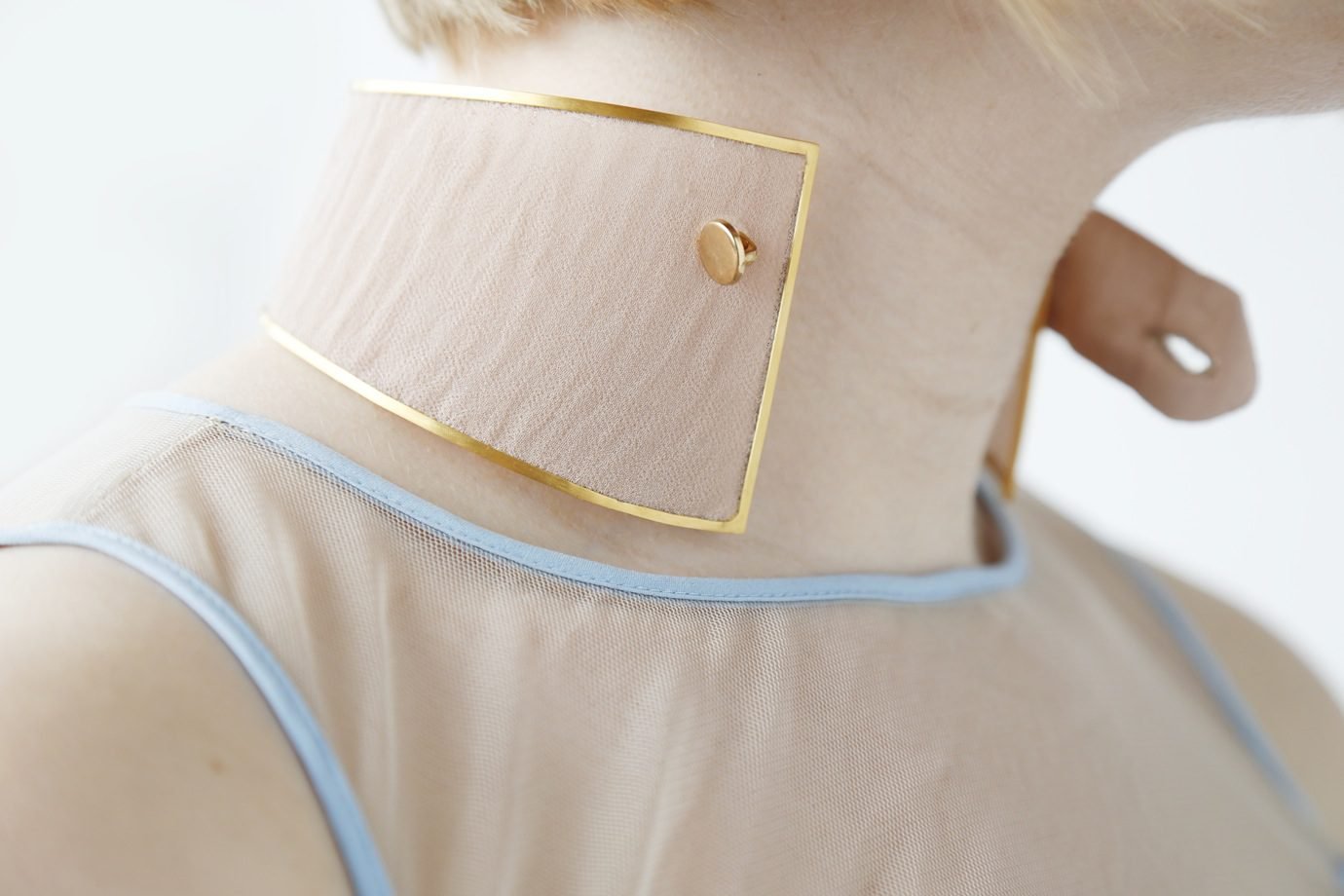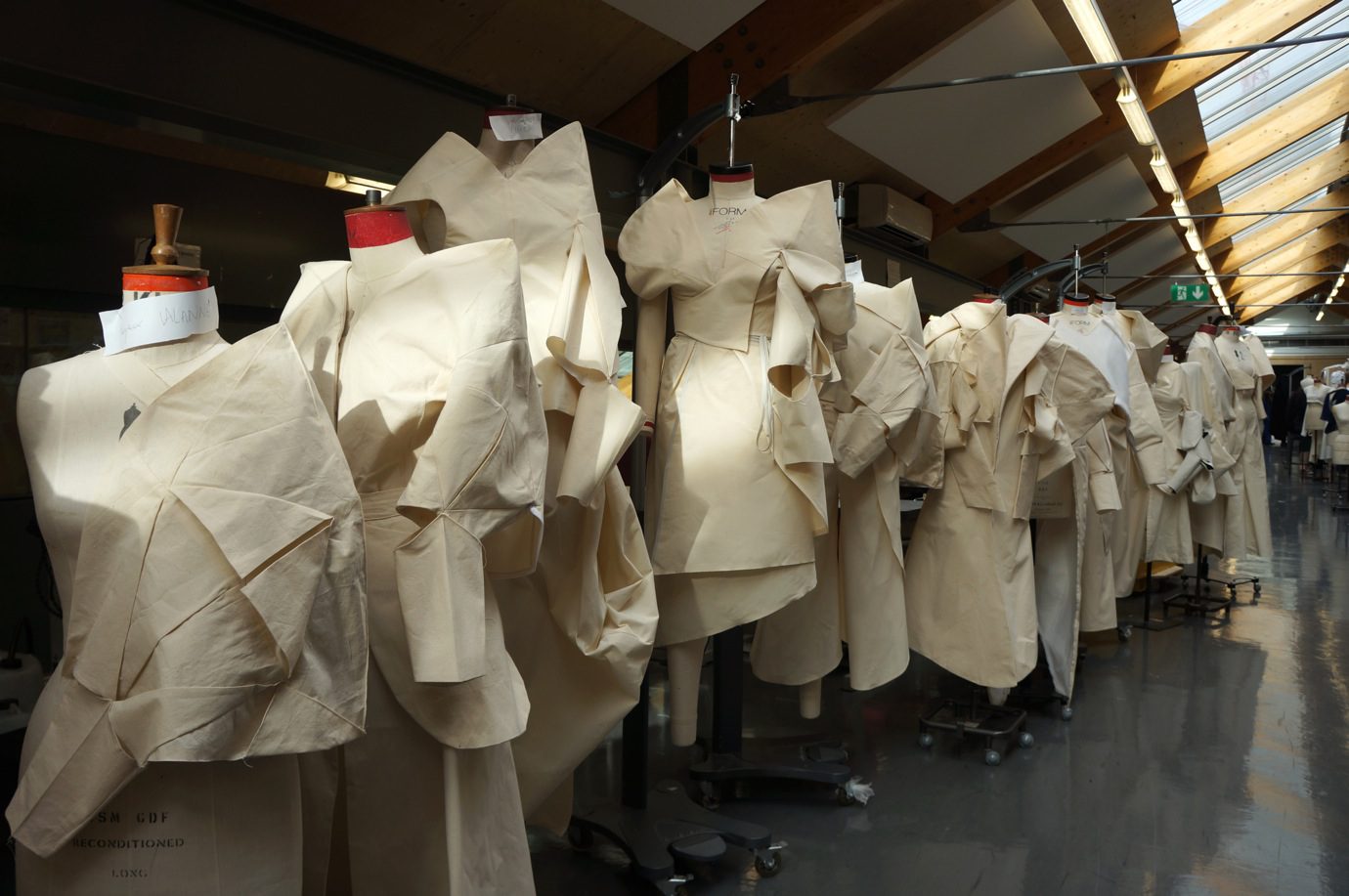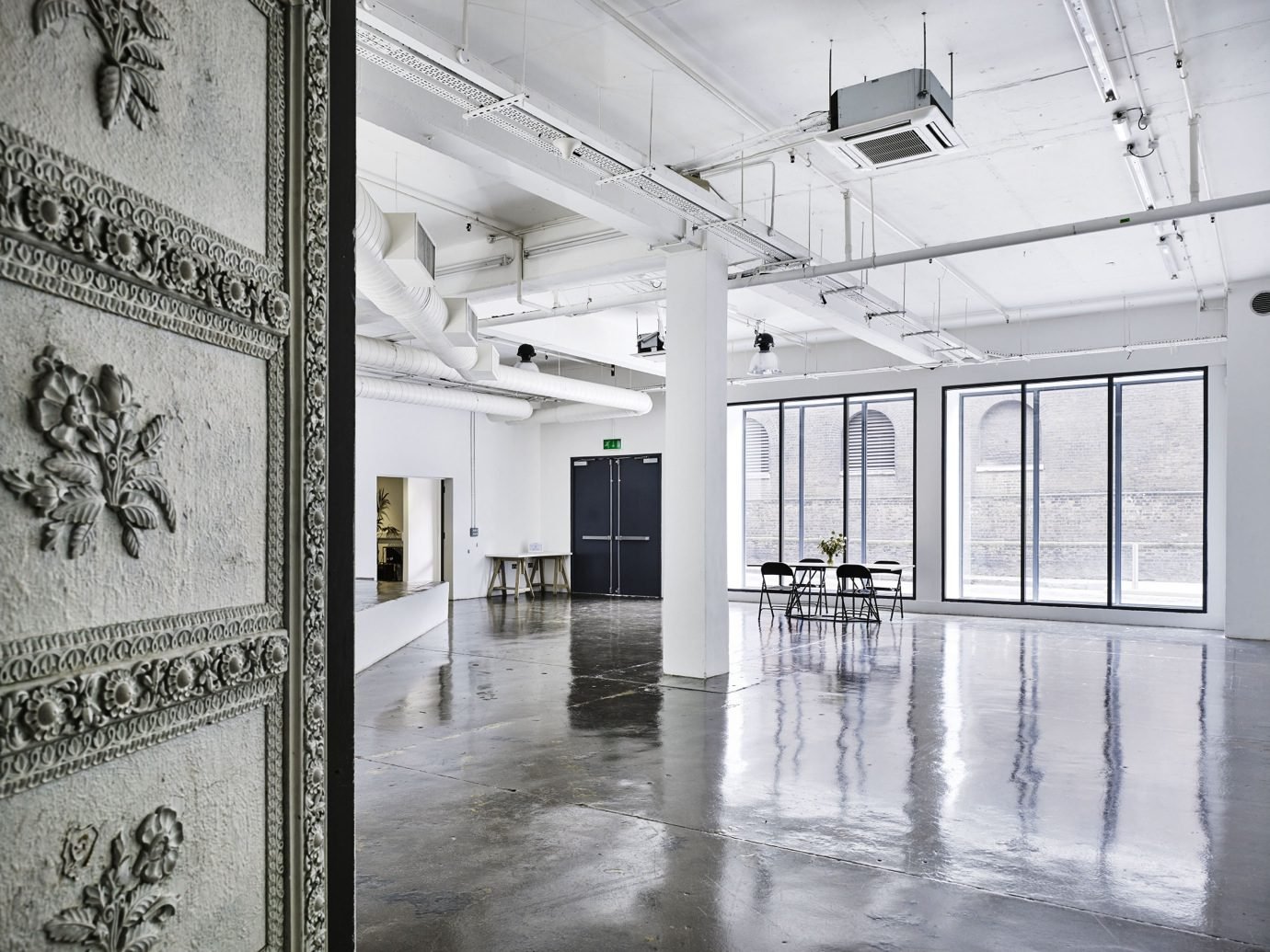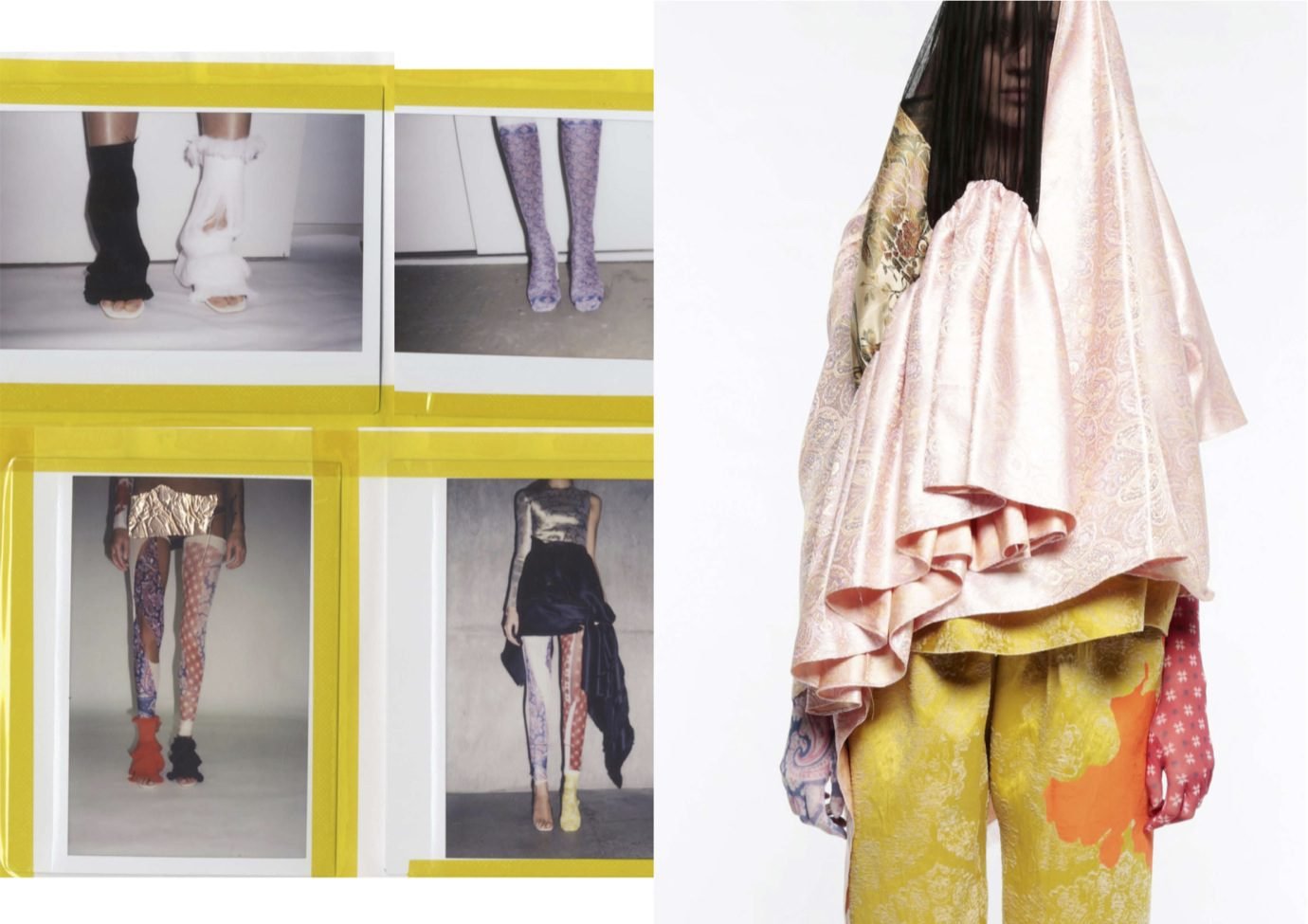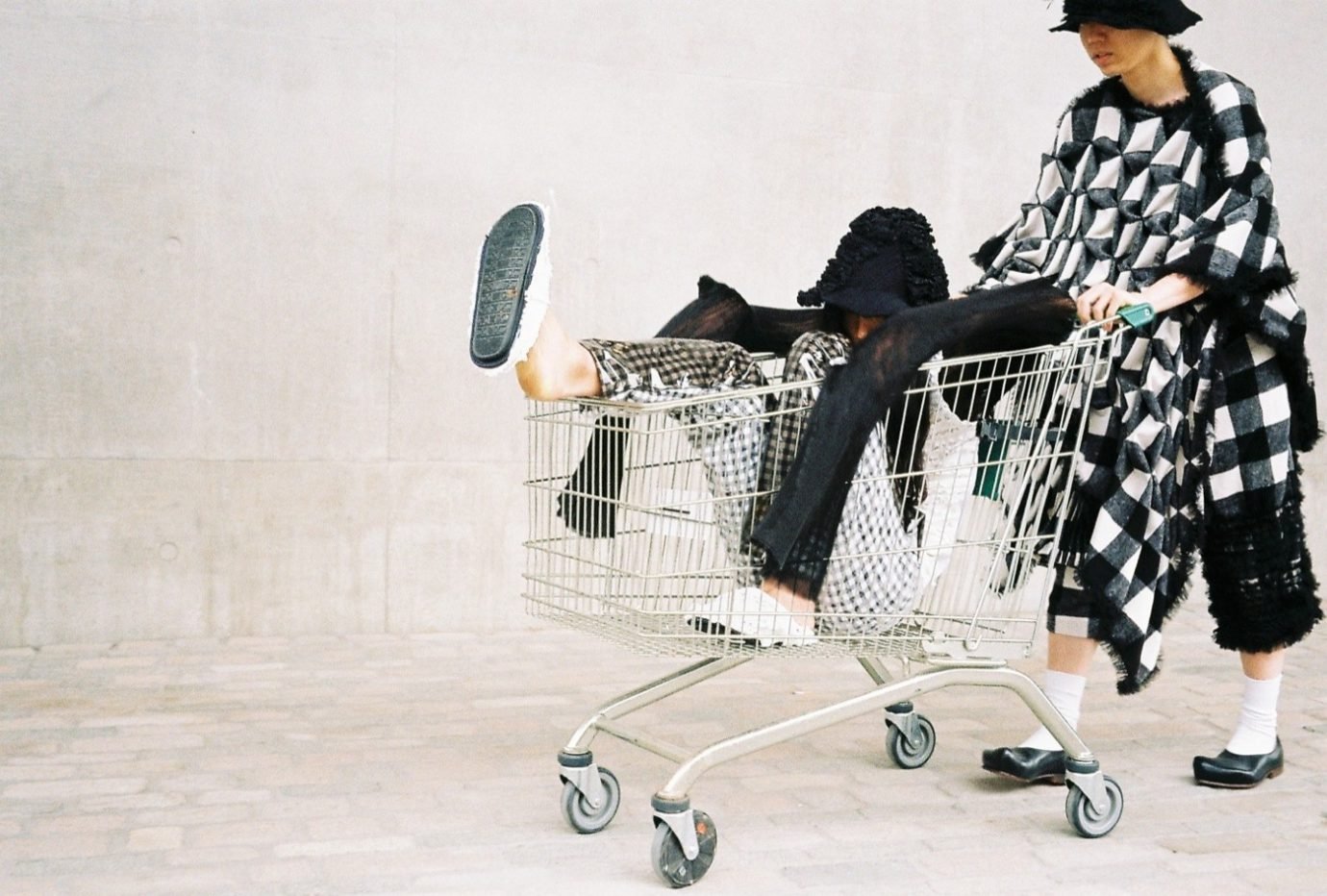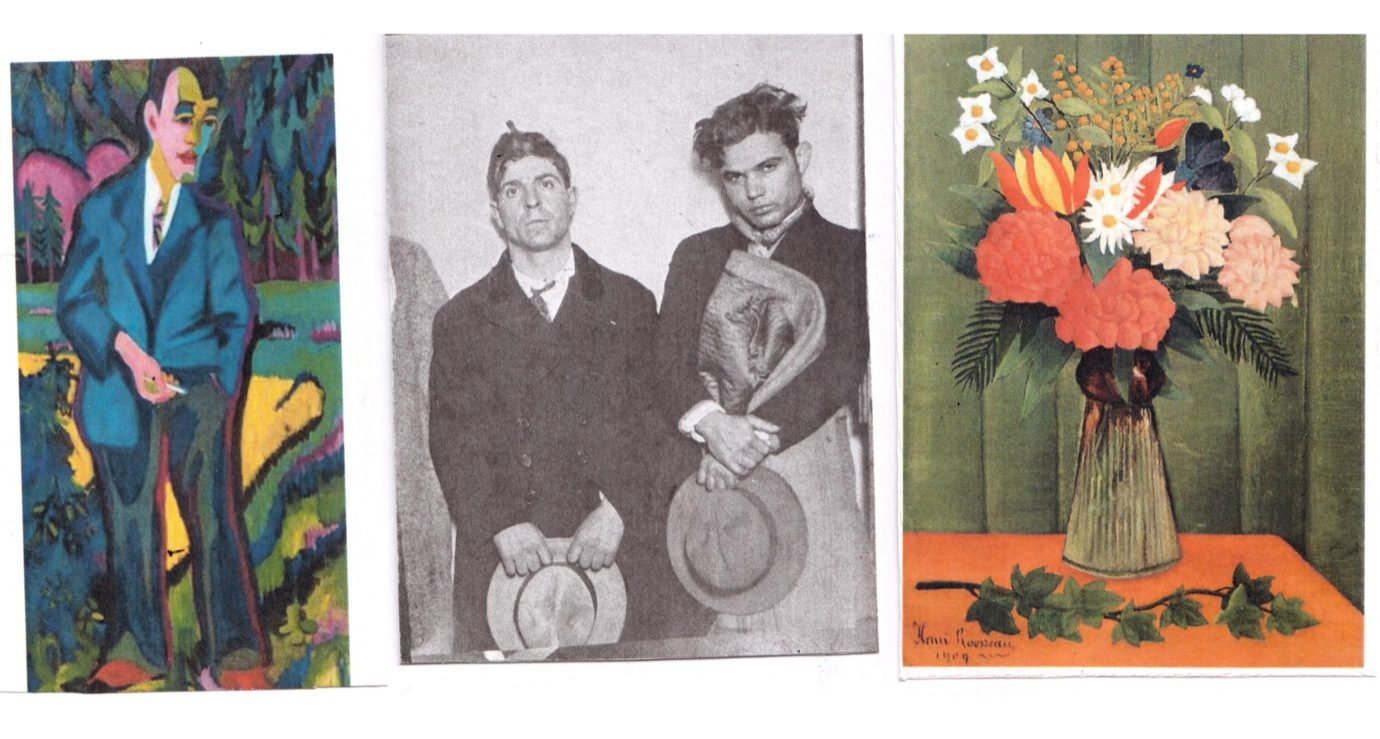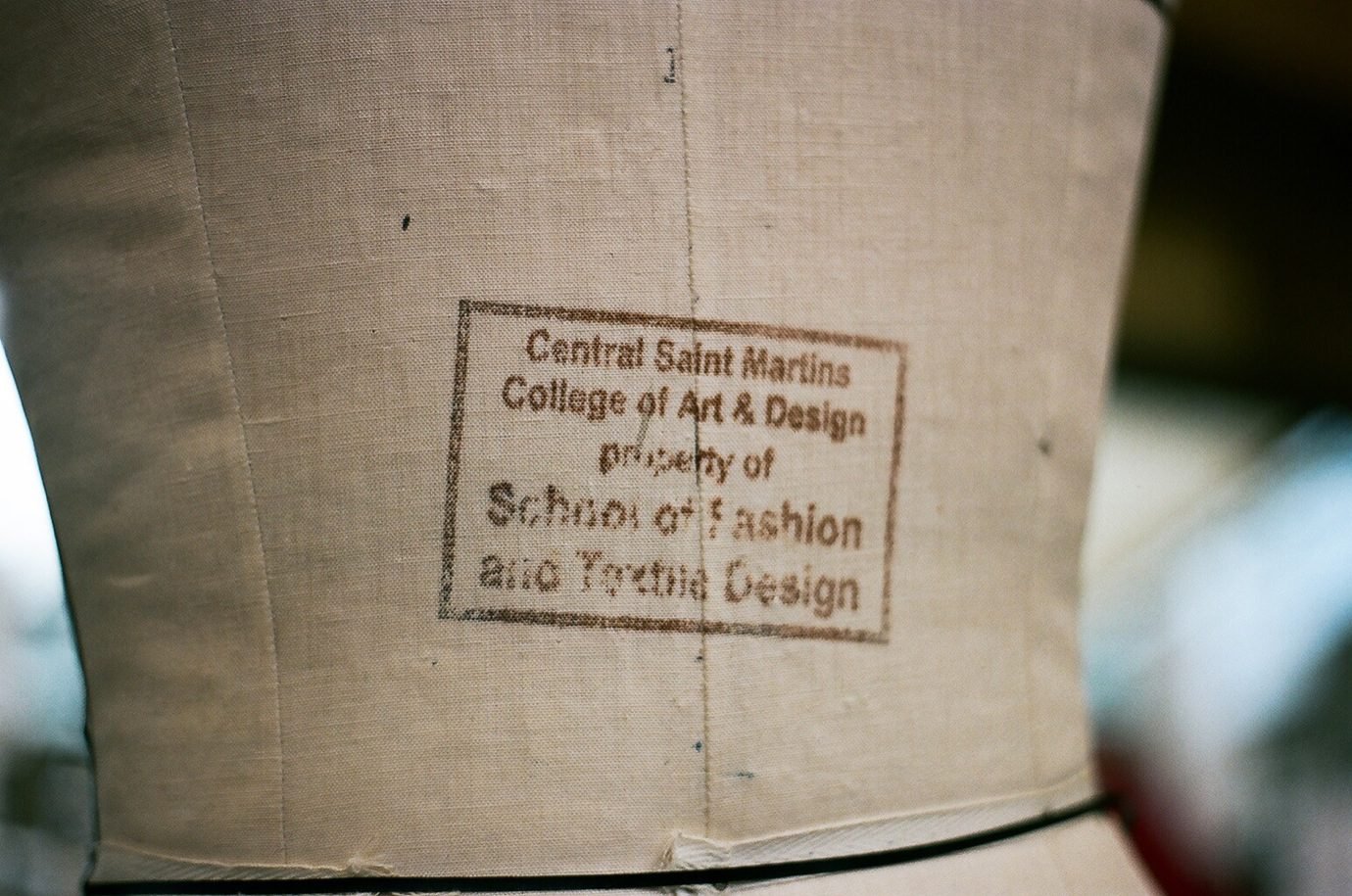Over the last couple of years, the notion of the curator has undergone a sort of hyperinflation to the extent that today, you can curate your wardrobe, your meal or a music playlist. As a curator in one of the most prestigious museums of the world, Cullen is sceptical about this trend: “It is as if the term editor has been replaced by the term curator, no?” While curators are becoming more and more visible players in the arts sector, the job at its core is for Cullen a rather hidden and solitary practice: “It is key that I am a museum curator. If you look at the etymology of the word, to curate means to take care of and that has traditionally to do with being a guardian of a collection. Of course, we also work on publications and exhibitions to give access to the collection, but most of the time and energy goes into taking care of; interpreting, and acquiring objects – activities that are often overlooked.” Cullen defends a traditional notion of the curator, but the V&A gives her the opportunity to stay in touch with the contemporary fashion scene: “The V&A is very forward looking. You don’t really feel the weight of the past. And since it was founded in the 19th century, it has always worked with contemporary designers. It’s about being receptive to what is new and what’s next.”
In times when the number of people visiting the V&A website by far exceeds the amount of visitors who come to the actual museum — the grand 19th century three story building, located beautifully framing a courtyard in South Kensington — a balance between the curation of online and offline content is crucial: “There is a lot of debate about physical exhibitions and how you translate them online. As a museum you want people to physically come, so you don’t want to put the whole thing online.”
“IF YOU ARE A GRADUATE AND YOU WANT TO START YOUR OWN LABEL, LONDON IS THE CITY.”
Fashion in Motion, a series of catwalk events staged at the V&A, has been important in building a digitally accessible archive of images and film. The number of Central Saint Martins graduates that have participated in the Fashion in Motion events is astonishing. “A lot of our designers are London-based and obviously Central Saint Martins is immensely important, not just in the UK, but internationally.” Cullen not only attends the MA, but also the BA graduate shows at CSM. What does a young designer need in order to catch her eye? As a museum curator, Cullen’s view on a collection is distinctly different from the industry perspective. She tells me that she is always looking for something that is a bit different – it doesn’t necessarily need to sell, “but it has to work in the space of the V&A and appeal to a general audience.” Once a designer has passed those criteria, Fashion in Motion allows space for creativity and experimentation – an ethos that might be found at art school, but certainly not at the regular, commercial shows. “The designers are not pressured to impress buyers, what we do here is a celebration of their work.”
Despite the irrationally increasing costs of living and working in London, Cullen believes that there is no other city with as much hunger and support for raw talent: “If you are a graduate and you want to start your own label, London is the city – it provides the networks and the infrastructures. There are PR agencies that support emerging designers and there is a general interest by the public. It is hard – but you can do it!
“20 YEARS AGO, ECOLOGY AND ETHICS WERE UNSEXY.”
What about other cities? “In Paris it is much more unusual for a young graduate to get mainstream press coverage and support. It is a different system, but things are changing, New York is becoming more interesting for emerging talent.” Cullen’s global outlook is telling for her take on fashion as an art form but also a business embedded in larger socio-cultural and economic contexts. While many people in fashion like to lament about the industry’s push in fashion design and the supposed lack of revolutionary spirit in young designers, Cullen is a realist. She doesn’t close her eyes to the fact that “the system has changed dramatically over the last 20 years. A lot of people working in fashion came up through a very different system. For them, it is shocking to see young graduates referencing earlier decades because they can pinpoint it, because they have seen ‘the original’. But the fact is that people have always looked for inspiration in the past, maybe they had to go to the library or a specialised magazine shop. Today it is all on your phone.” Cullen is convinced that fashion reflects what is in the air, not only in terms of style, but also in terms of societal and economical conditions: “The world is changing and the world of fashion is a microcosm of that change.”
Today, fashion is a global industry. The market is growing and the pace is accelerating – this comes with responsibilities that can no longer be ignored. To make responsibility fashionable is an immense task, says Cullen. “Sustainability is a huge issue, from the point of view of clothing chains but also from the point of view of resources. 20 years ago, ecology and ethics were not something that anyone in fashion wanted to engage with. It was really unsexy, utterly unfashionable.” To be able to take the perspective of an observer is what Cullen loves most about working in a museum. “We have the privilege of taking time to reflect. We are collecting and interpreting what has happened, we are not predicting the future. We work alongside rather than within the fashion industry.”
“FASHION DOESN’T NEED TO BE ART TO BE FASCINATING.”
Fashion and art have always been in a passionate relationship, albeit a complicated one. Does Cullen need to defend her discipline against the ‘high art’ regime of painting and sculpture? “Luckily, fashion has always been a vital part of the V&A. The first curator for fashion was already appointed in 1952. Sometimes I do get questions from people asking ‘Oh, do you get to try on the clothes?’ Obviously, that would be the worst thing to do. We treat pieces of clothing like museum objects.” And what about Marina Abramovic blaming fashion as trivial, in a recent interview, and accusing designers for taking inspiration from art? Cullen counters, “Isn’t art taking inspiration from fashion, too? The impressionists looked at fashion because it was about the here and now. There has always been that dynamic relationship. Fashion doesn’t need to be art to be fascinating.”

